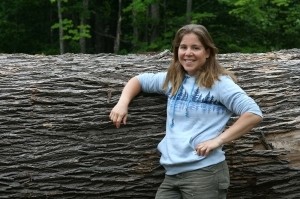
Katrina Amaral says she had lots of energy as a kid and expended much of that running around near her Stow, Massachusetts, home with the neighborhood kids or exploring the woods around her grandmother’s house in Maine. She earned a degree in zoology from the University of New Hampshire, then a master’s in wildlife and conservation biology. In adulthood, Katrina’s energy goes toward her work as the executive director of the Bear-Paw Regional Greenways land trust, running the Timberdoodle Farm custom sawmilling and small logging business she’s built with her husband Miles, tending to their ducks and chickens and vegetables, and working to improve their Strafford, New Hampshire, property and renovate the 1800s Cape house there.
Timberdoodle Farm is a sawmill business with a farming habit. We moved to Strafford about five years ago, and while we were trying to decide on a name for the farm and sawmill business, I stumbled on alternative names for woodcock – including “timberdoodle.” I have a thing for cryptic ground nesting birds, and they’re a pretty iconic species for New England.
I’m just obsessed with birds. For a while I was a professional bird nerd. I spent three summers during college doing field work on salt marshes – salt marsh sparrow nest monitoring and bird banding and genetic research. I also spent three summers working for the Rachel Carson National Wildlife Refuge on the coast of Maine as their shorebird technician, studying piping plovers and least terns and migratory shore birds.
Most of my professional biological experience is in non-forested ecosystems. I’ve spent a lot of time in underappreciated habitats. I definitely have a thing for a good thicket, which is the least sexy habitat. Salt marshes are probably below that, actually. You’ll find lots of cool stuff in a salt marsh, but realistically they’re full of bugs and they smell weird. I think the worst possible feeling is trying to get a sparrow out of a mist net as a greenhead fly lands on the back of your arm.
I keep track of when different birds show up every year. The habitat has changed since we’ve been here, partly because of natural events and partly because we’ve changed it. The beavers left and their dam blew out, so the beaver pond is converting to a meadow. We’ve been reclaiming fields, planting orchard space. Also, our property was logged in a very extractive money cut before we bought it, so the trees are growing, and the bird diversity is changing. We haven’t lived here long enough to notice bird differences due to climate, but we notice climate change in other ways.
Birds are my first love, and they are what connect me to all different types of habitats. But sawmilling and logging also helped me form a much deeper connection with the forest. It’s a completely different way of interacting with trees. Maybe it’s weird to say that logging connected me more closely to the forest and made me more passionate about wanting to keep it as a source of timber and livelihoods and hunting and wildlife. I think to some people, that’s an entirely foreign notion – that you can extract something and love it at the same time.
Miles, who was getting an engineering degree, built our first sawmill when we were in college. We were running a sawmill on our landlord’s driveway in Madbury. It was a cramped little space. We were in a duplex. Our neighbor was the most tolerant human you’ve ever met. We had chickens, and he’d feed them pizza crusts when he got home. And he didn’t care that we were filling up the shared driveway with logs and lumber.
After college, Miles was working at a start-up, and I was doing seasonal bird conservation work, and milling just started taking up more of our time. I think I noticed that it was really becoming a legitimate business when I came home one day and was like, “Oh, when did you start milling up the white oak?” At that point I could tell just based on the smell of the sawdust what species was being cut. The sawmill was supposed to be this filler, sort of a fallback plan. And then it got out of control very rapidly.
We were busy enough that we decided we would both work at it full time with the sawmill and some logging jobs. We both were logging full time for one winter, but usually we just do the occasional logging job that fits our capacity. Neither of us would work well in a typical office environment. We work really well together, and we like working outside together. I suspect if we didn’t, this would not have snowballed the way it did.
Our niche is that we can do these low impact logging jobs, mill the lumber, and process it for whatever people want to use it for. That’s how we really started taking on logging jobs. We didn’t start kiln drying or making efficiency upgrades until we moved to Strafford. Now we have an LT40 Wood-Mizer band mill. It’s much faster than a chainsaw mill, and we definitely max out its efficiency. Right now, we’re overloaded with lumber and the kiln is the bottleneck. Wood moves as it dries, and it shrinks as it dries, so if you are trying to do something like cabinetry or furniture, where you would not like your final product to continue warping or shrinking, you want to suck the moisture out of it before you use it. That’s where the kiln comes in.
We mill a lot of “urban trees” – stuff that’s taken down as part of a powerline clearing or in someone’s front yard. Most of the logs don’t have a good commercial market and are frequently considered “waste,” so we mill them into live edge slabs. As a small mill, we have the flexibility to spend time dealing with non-standard log lengths and removing plant hangers and horseshoes and all the other metal that ends up in yard trees. But we also buy in logs for custom orders.
Our log trucker hauls for a lot of arborists, which is how we get to pick out some of the really nice stuff. And “nice” is based on a sliding scale of a lot of things that you wouldn’t use to grade an actual run of logs. Sometimes people are having trees taken down and ask us to mill them into something specific. A lot of our customers are people doing projects or home renovations, and we work with contractors. Live edge tables and 24-inch-wide slabs for desks are currently in demand. We chase the little niches that keep us flexible and provide a level of income.
I really want forestry to get its own “buy local” movement. I think major sustainability movements have been for farming and fashion, so people are much more aware of the supply chains for those industries now. I don’t see forestry as having had that yet. The average consumer looks at FSC/SFI certification and never questions where the tree was actually growing or how it was harvested, and I think that’s a disservice to our local timber industry – and to the idea that you need to pay attention to where your forest products come from. The timber supply chain is very convoluted, and I think people are often surprised at how global it really is.
We’d make more progress on our house if we stopped building barns for the sawmill business. We need to build one more barn because we just bought a second kiln. We’ve been referring to this as “the last barn.” We have the front barn, the kiln barn, the sawmill barn, and the retail barn, plus the garden shed and the chicken coops. I like to name things like that to remind us that we’re limited. My husband refers to one room in the house as the “woodshop,” and I’m trying to get him to call it the “future living room,” because that’s what it’s going to be.
When we moved to Strafford, I joined the town conservation commission, and that’s how I learned about Bear-Paw Regional Greenways, a land trust in the 11-town region between BEAR Brook State Park and PAWtuckaway State Park. The organization was started by a group of volunteers who had the vision to create wildlife greenways, and it celebrated its 25th anniversary last year. I started working as the executive director at Bear-Paw a little over a year ago. This is still a very rural region, with a lot of old farms and large tracts of woodland and contiguous habitat blocks in which wildlife has the space it needs. And there’s a whole range of people who care about the forests. Being knowledgeable about wildlife and timber is extremely valuable to my job.
We’re trying to work with town planning and zoning boards to help them understand the value of keeping spaces unfragmented and undeveloped. We’re close enough to population centers that the Bear-Paw region feels like a bullseye for development right now. We’re basically bounded by the Seacoast, Rochester, Concord, and Manchester. As the regional land trust, it’s up to us to work with local conservation commissions and towns and help people just understand not only is haphazard development bad from a wildlife connectivity standpoint, but also that zoning ordinances and town master plans are in place for a reason. People frequently move to the country for the peace and quiet. Farms and sawmills are not quiet all the time, and when you’re trying to maintain the ability to live off the land, that can really butt up against that idealistic notion of a country home.
It should be pretty obvious to the world after this past year that being able to get outside is really important. So, conserving land as open space isn’t just important for the forest products industry or for wildlife, but also – how are people going to fall in love with a farm or forest if they can’t access that? How do you make that connection if you’re just in another bland suburb? You can’t separate people from the landscape. We depend on the land, we’re connected to it for pretty much everything. That means we have a responsibility to it. I don’t think you can separate those two.
One of my favorite quotes is from Aldo Leopold: “Conservation is a state of harmony between men and land.” I think we’ve become pretty out of harmony with the land. We’re overharvesting natural resources, degrading soil health, changing our climate. I see land conservation as a way to help restore that balance by protecting not only wildness and wildlife, but also our ability to connect with and to use our landscape in the future.


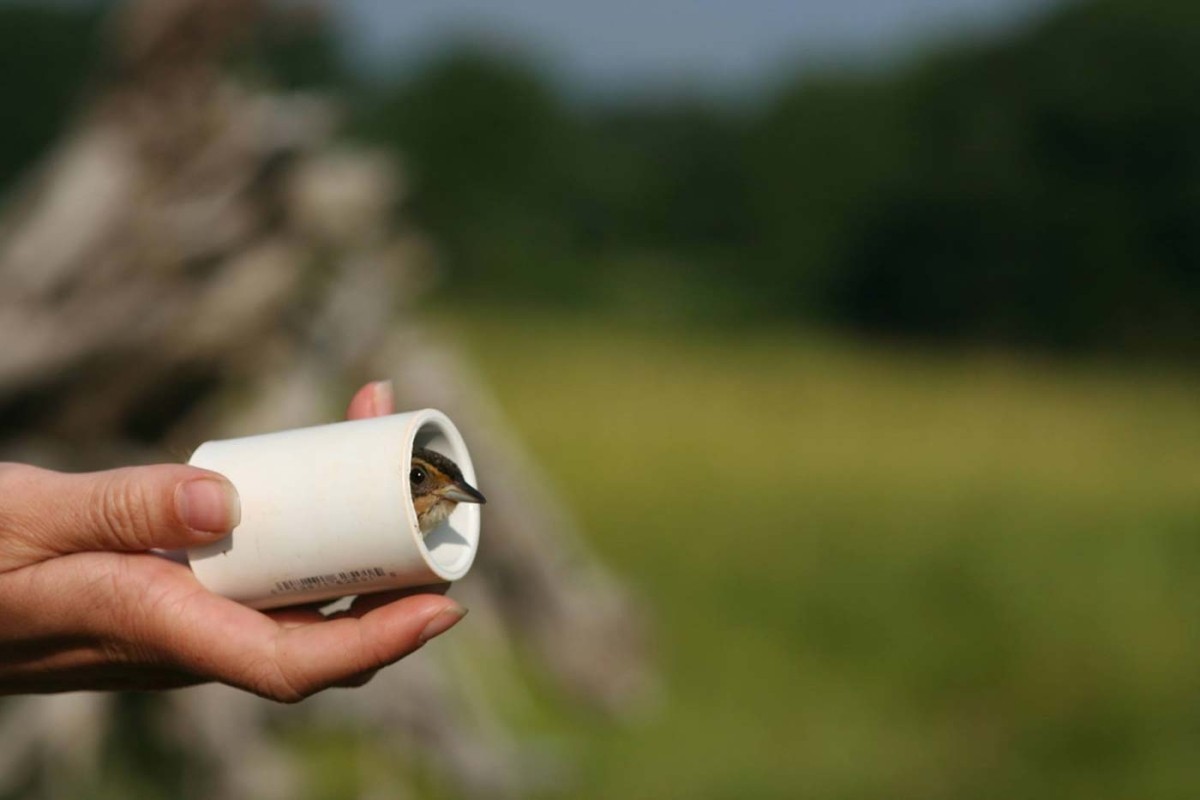
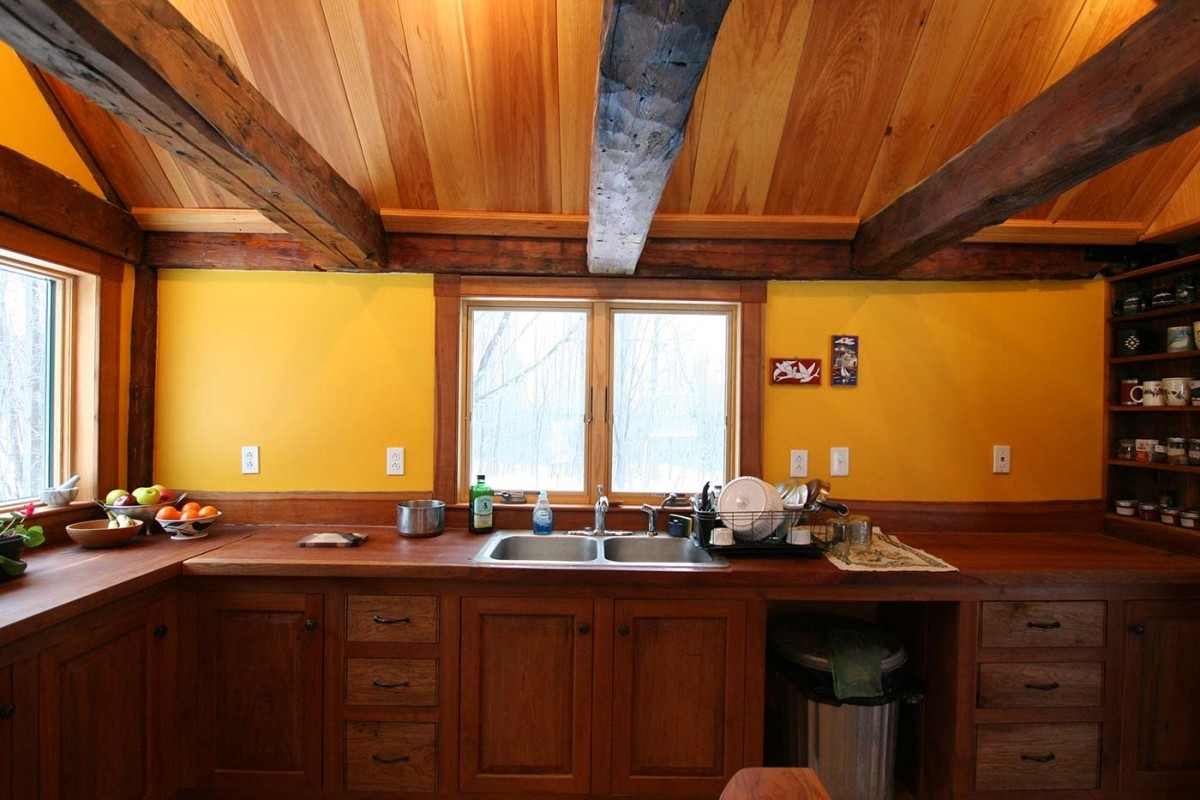
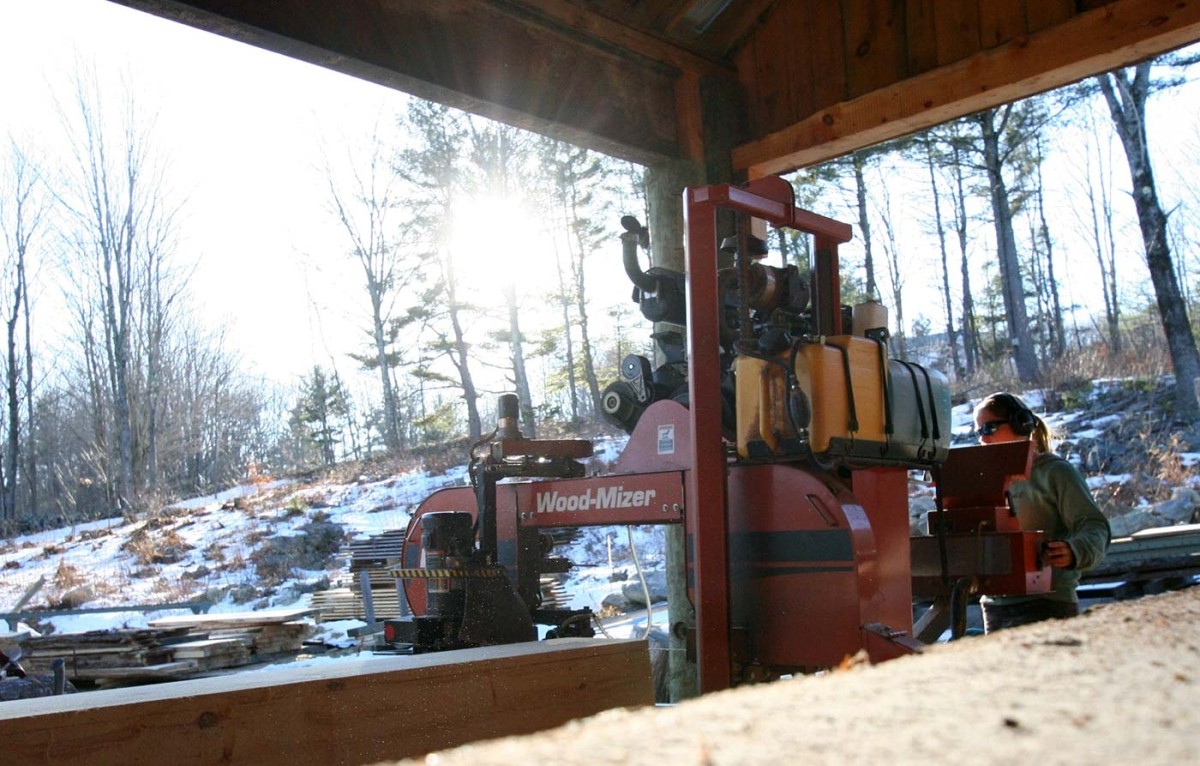
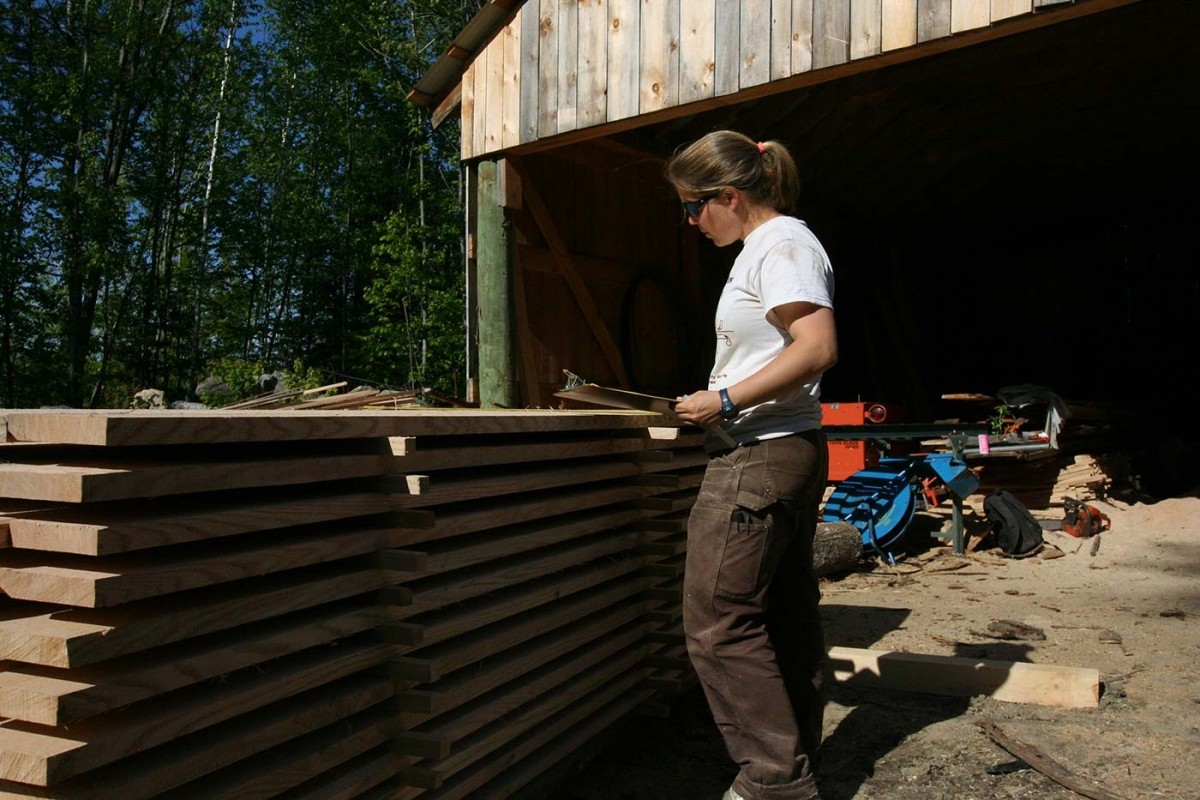
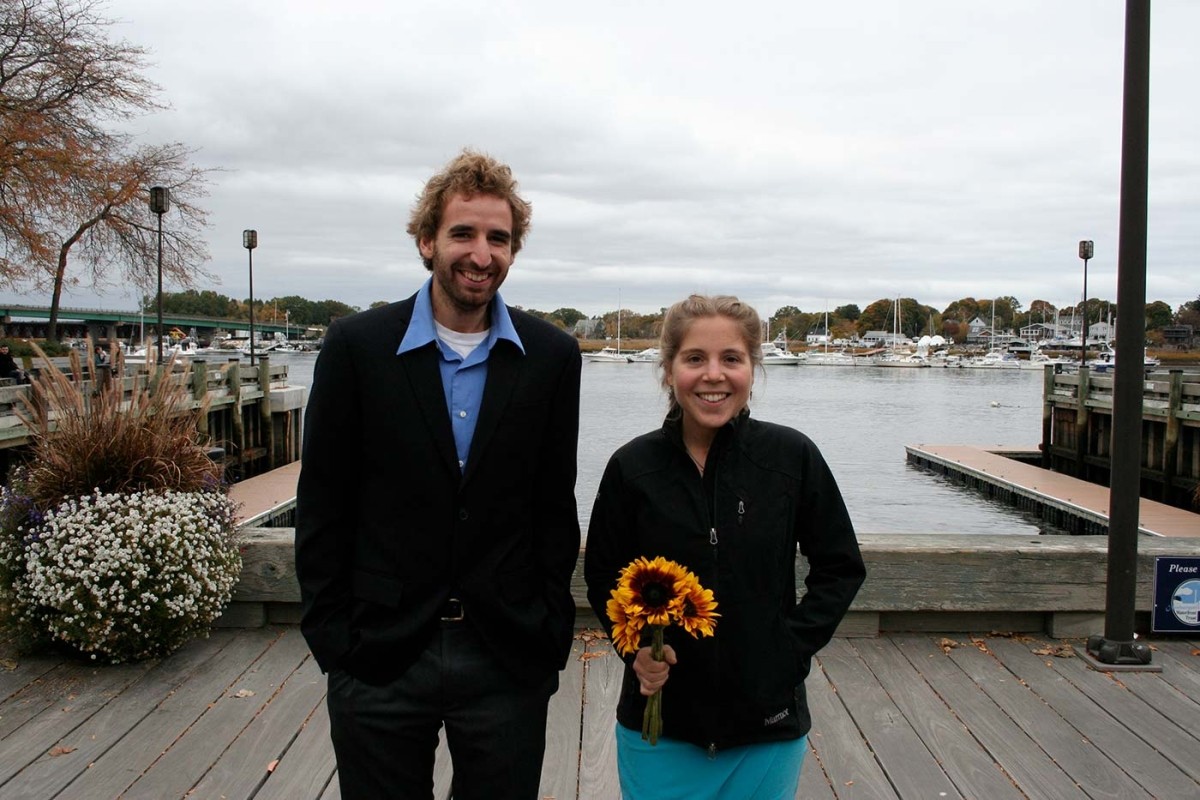
Discussion *